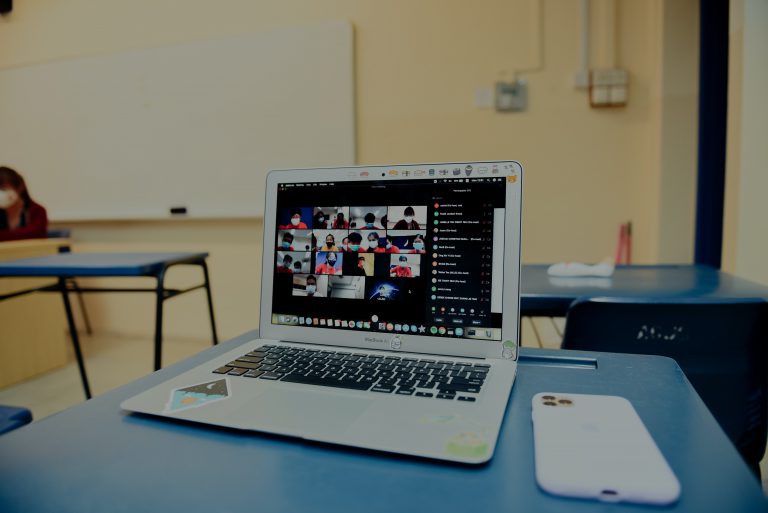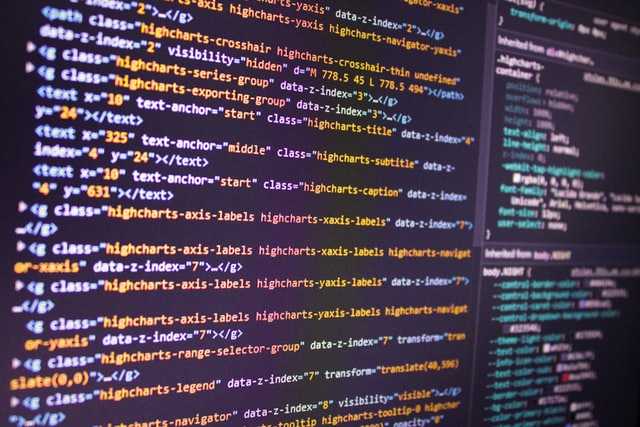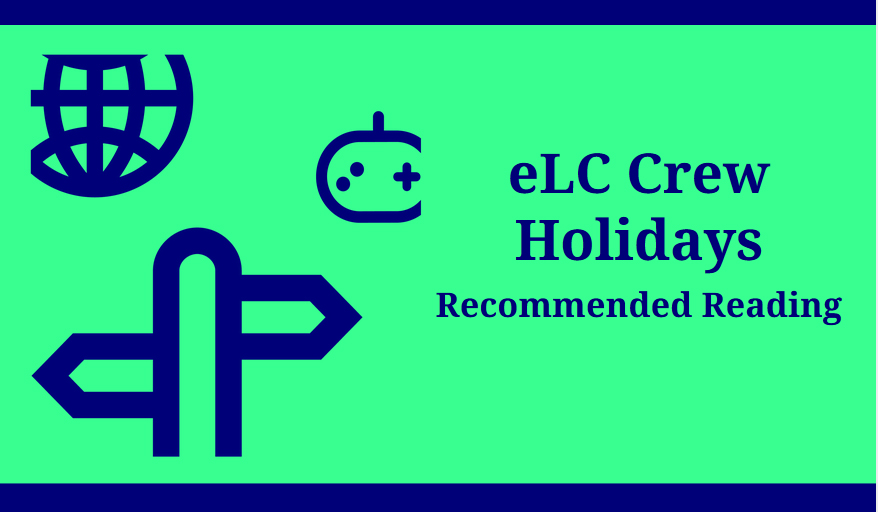Digital transformation and pandemic: seven educational trends for the post-COVID-19 era
13 May, 2020
Since the dawn of mass access to the Internet in the mid-1990s, the digital transformation phenomenon has affected all areas of human activity. In the early stages, the process consisted merely of digitizing the analogue, virtualizing the physical and then speeding up processes by simplifying value chains in the production of goods and services, even multiplying the scalability of a business exponentially. But the last stage of the process always brings disruption, that is, the total or partial mutation of the activity itself far beyond the unquestionable improvements obtained by digitization in the initial stages.
“The last stage of the digital transformation digital brings disruption.”
That’s how buying our favourite rock band’s latest CD or downloading the Top Hits of 2020 from an online store has given way to Spotify, how the complete Star Trek saga on Blu-ray has migrated towards the catalogues of Netflix and HBO, or how – in the not-too-distant future – we will see the great European and Asian automotive industries become digital operators, managing the mobility of millions via an app and a fleet of driverless electric vehicles.
We can find more examples in other sectors such as finance, adapting to a new reality shaped by cryptocurrencies and blockchain, and health, taking advantage of wearables and smartphones to monitor patients remotely, tracking their vitals and managing the data with AI systems. But what’s happening in education?
“COVID-19 could be the black swan that triggers the digital transformation of education.”
Despite digital technology’s penetrating the classroom in schools and universities, and the demands for technology training of the professional sectors and society at large, time would appear to go by more slowly than it does in our daily life.
What if education were still in the early stages of its digital transformation? One of the aspects that characterize these initial stages is the generation of knowledge and resources to trigger, in due course, the final disruptive stage. The ground is indeed fertile. We have the gradual incorporation of so-called educational technology in our centres – virtual classrooms and campuses like Google Classroom and Moodle, interactive whiteboards, robotic gadgets, 3D printers, laptops and tablets, cloud computing office suites such as G Suite for Education and Microsoft OneDrive. Then there is the infinite number of apps and services that we use daily in for social relations, to organize our time, produce and share documents, manage professional projects, for instant communication or to watch our favourite series. All these provide the various agents in the education ecosystem – students, faculty, families, centre managers, researchers, documentalists, educators, academic managers and systems engineers – with the know-how and environmental conditions necessary to develop new ways of learning and organizing training activities.
“The evolution of the education system after this crisis is unpredictable. New challenges and new factors come into play, altering the environmental conditions, stressing its agents and creating new niches to be occupied.”
The arrival of the pandemic could be the black swan that triggers that last stage of the digital transformation of education. There is widespread agreement that the crisis caused by COVID-19 seems to have brought to light, like nothing could have done previously, all the capacities, knowledge and resources available at all levels of education. With the aim of guaranteeing the continuity of education in extremely exceptional circumstances, overnight the net has become a veritable bazaar of tools, learning resources, experiences and advice from hundreds of pundits on online education.
However, this crisis has a lot of “global” and very little “common”. In my opinion it has four features that can place the outcome far from the surface and the view of many experts, who are too focused on immediacy and have fallen prey to common sense. I refer to the following:
- Its GLOBAL nature: there are no oases or neutral territories, local solutions depend on global solutions and vice versa.
- Its SYSTEMIC nature: it affects all sectors and areas of human activity, the causes and consequences are interdependent with what happens outside education.
- Its UNFATHOMABLE depth: the effects of the crisis cannot be measured by merely observing level-one indicators, everything that’s happening has deep structural roots.
- Finally, there is its extreme UNCERTAINTY: we don’t know what will happen or how, as we have no models and no points of reference.
The evolution of the education system after this crisis is unpredictable. New challenges and new factors come into play, altering the environmental conditions, stressing its agents and creating new niches to be occupied. Some of the trends in learning anticipated for the 21st century will become obsolete. Others, however, will be reinforced and become an integral part of new models and educational practices.
I would like to end by proposing a little exercise for readers. I have selected seven “pre-COVID-19” trends regarding the future of education (see table), all of them formulated based on an analysis of reports and expert opinions [1]. Read them, reflect on them and try to identify which of them would be reinforced, which would lose importance and which of them would become part of the new education ecosystem in the post-COVID-19 era.
| TREND 1. Informalization of learning | Increase in informal learning reinforced by the internet and digital technology. This concerns so-called lifewide learning regarding the combination of learning acquired in various areas (professional, social, academic, leisure, and others). With different ways of creating and distributing knowledge from those used in formal learning, informal learning penetrates the educational activity of academic environments. |
| TREND 2. Lifelong learning | Learning throughout a person’s life which is no longer linked only to certain stages. It takes place in both formal and informal settings and in different contexts (work, academic, domestic and so on). Students’ ability to design their own career training throughout their life and having advanced skills to learn in digital contexts are considered critical. |
| TREND 3. Self-guided learning | Learning personalization is a much-recited mantra amongst teachers and training managers. However, true personalization empowers and equips people to make their own decisions regarding their learning process, to make the most of the innumerable opportunities to learn provided by the internet and the educational ecosystem. In the context of lifelong education, with an increasing trend towards informalization, the ability to direct and manage one’s own learning is essential. |
| TREND 4. Social learning | Social learning forms the basis of pedagogical theories and renewal movements prior to the internet, and of numerous current approaches and emerging pedagogies such as the flipped classroom, the maker movement and design thinking. The proliferation in the professional and domestic domain of cloud computing, communication and project management apps and tools help in gaining educational experience of a socio-constructivist bent based on collaboration. |
| TREND 5. Delocalization | As with other activities, learning can no longer be referenced by space-time coordinates. The constant connection and cloud computing apps provided by mobile devices mean you learn anytime, anywhere, enjoying high performance in terms of access to information, communication and the productivity offered by the technological environment. |
| TREND 6. Automation | Advances in artificial intelligence (AI) are beginning to outline educational scenarios with bots and virtual assistants playing various parts in academic and training processes. Likewise, the convergence of learning analytics with AI algorithms (machine learning) give teachers and educational institutions an opportunity to personalize learning, designing bespoke content and activities. |
| TREND 7. Liberalization of accreditation | The emergence of blockchain technology in the educational ecosystem opens up the possibility that recognition and accreditation of skills, competencies and training experience will be available without the need for centralized archives in certain institutions. Learning acquired in informal contexts or skills developed in corporate environments can be accredited in reliable, permanent and detailed way. |
Table 1. Seven educational trends pre-COVID-19
[1] See: Mas, X. (2017). Quo vadis? Una mirada hacia la otra orilla. In Mas, X. (2017). El Tejido de Weiser. Calves, evolución y tendencias de la educación digital. Barcelona: Editorial UOC.
Image by Peter Olexa at Pixabay






